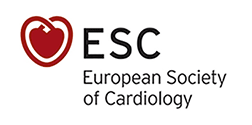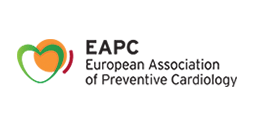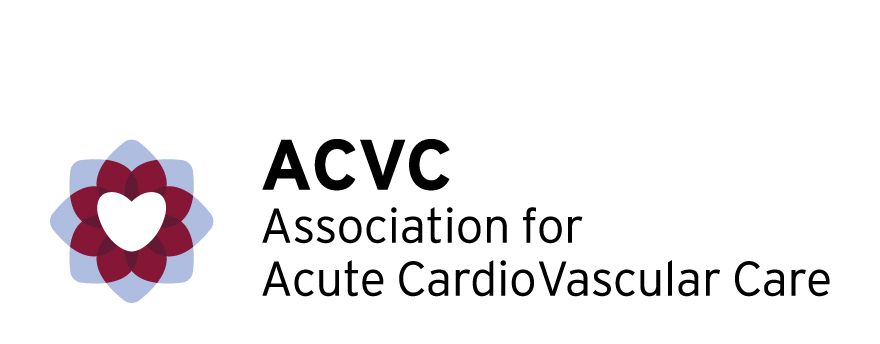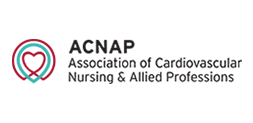What you should know about blood pressure
When high blood pressure (hypertension) is diagnosed, lifestyle changes and/or drug treatment are needed to lower your pressure. Hypertension is a leading cause of stroke, heart attack, heart failure, and kidney failure. It can be caused by stress, being overweight, eating too much salt, or drinking excessive amounts of alcohol.
What is blood pressure?
When the heart beats it pumps blood around the body, providing it with nutrients and oxygen. Circulating blood pushes against the walls of the blood vessels. The strength of pushing is called blood pressure.
When blood pressure is too high, it puts strain on the artery walls, making them more susceptible to deposits of cholesterol and development of atherosclerotic plaques (also called hardened arteries).
A blood clot may form at the site of the plaque and completely or partially block blood flow within the artery or cause it to rupture. If a clot blocks a blood vessel supplying the brain, it causes a stroke. If a clot blocks a blood vessel supplying the heart, it causes a heart attack. Block clots in the aorta (the body’s main vessel) may cause a life-threatening dissection.
High blood pressure makes the heart work harder. This causes the heart muscle to thicken and stiffen and may lead to heart failure.
How to check blood pressure
Everyone should know their blood pressure. Knowing your numbers (Blood Pressure, Cholesterol, Blood Sugar and Body Mass Index) is the key to preventing heart disease.

- The person should be seated comfortably in a quiet area for approximately five minutes before checking the blood pressure.
- The correct size of the cuff is important: if it is too large or too small it can lead to an inaccurate recording.
- The cuff should be positioned at the level of the heart and the arm should be supported on a table or arm rest.
- On your first visit to your doctor, blood pressure is recorded as an average of at least two measurements.
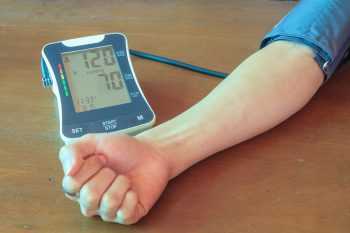 The reading will be expressed as systolic over diastolic blood pressure in millimetres of mercury (mmHg). The pressures reflect the pumping (systolic) and resting (diastolic) phases of a heartbeat.
The reading will be expressed as systolic over diastolic blood pressure in millimetres of mercury (mmHg). The pressures reflect the pumping (systolic) and resting (diastolic) phases of a heartbeat.
In the figure, the top number (120) is systolic blood pressure and the bottom number (70) is diastolic blood pressure.
High Blood Pressure
Hypertension is diagnosed when your blood pressure is consistently above the level linked to an increased risk of cardiovascular disease (CVD). BLOOD PRESSURE is made of systolic and diastolic blood pressure.
A normal blood pressure should not exceed 130 to 140 mmHg systolic and 80 to 90 mmHg diastolic, depending on age.
High blood pressure is a silent killer because usually there are no symptoms. The first and crucial step is to Know your Numbers! Have your blood pressure measured on different occasions by your doctor. You can also ask your doctor or pharmacist for a reliable upper arm device to measure blood pressure several times at home or continuously for 24 hours.
Once you know your blood pressure, you can agree a management strategy with your physician. This will depend on your blood pressure level and other factors that influence your total risk of developing CVD. If your blood pressure is elevated the initial step is to improve your lifestyle: no smoking, a healthy diet and regular exercise. Losing 1 kg in visceral fat (body fat that is stored within the abdominal cavity around important internal organs such as the liver, pancreas and intestines) can lower your blood pressure by almost 1 mmHg. If your blood pressure remains high despite changing your behaviour, drug therapy should be considered. The choice of medication will depend on your individual risk. It is important to take the pills as prescribed to prevent CVD. Remember – you don’t feel high blood pressure but you are still at risk. Lifelong blood pressure monitoring, good lifestyle, and medication are needed.
